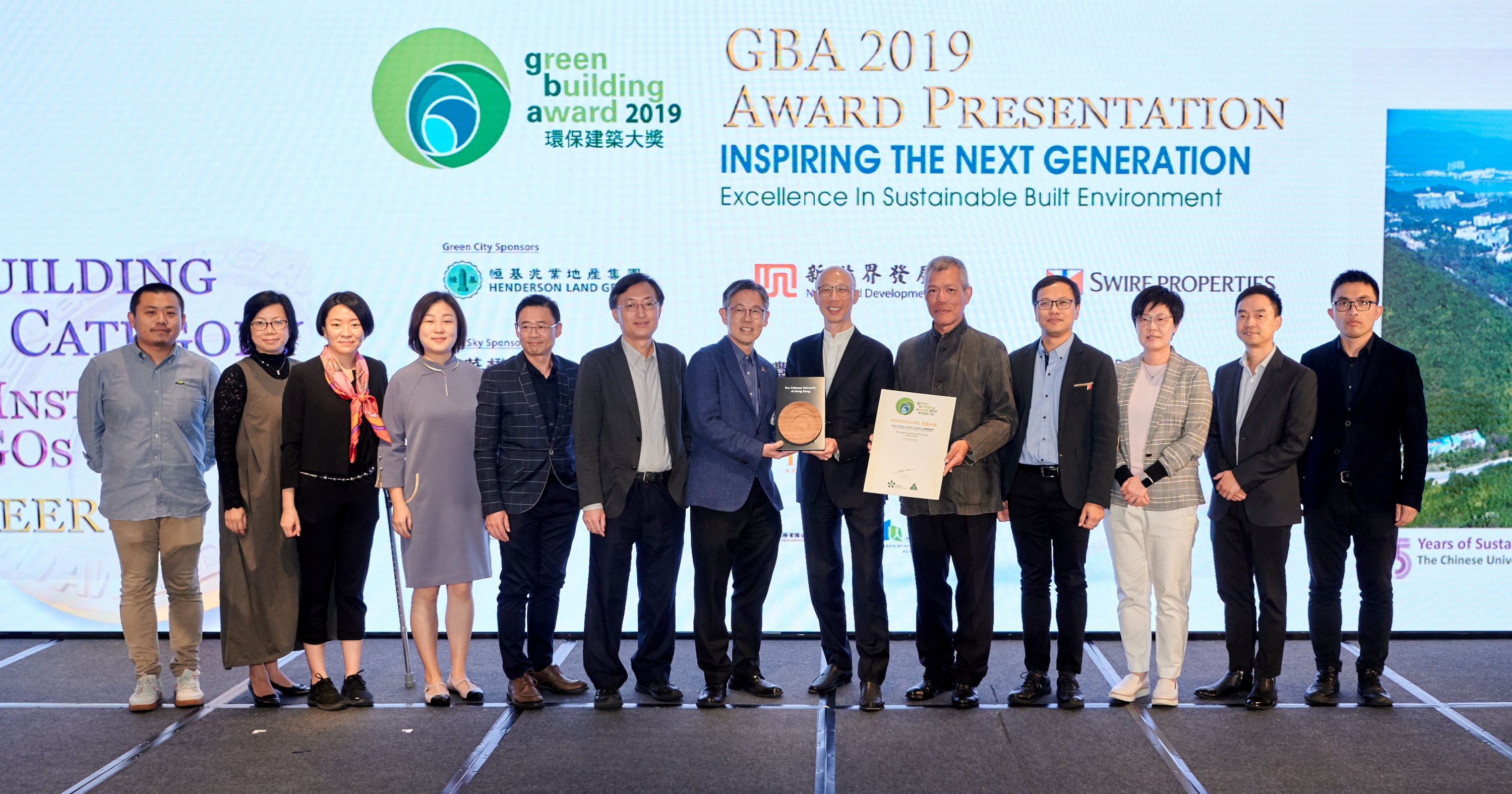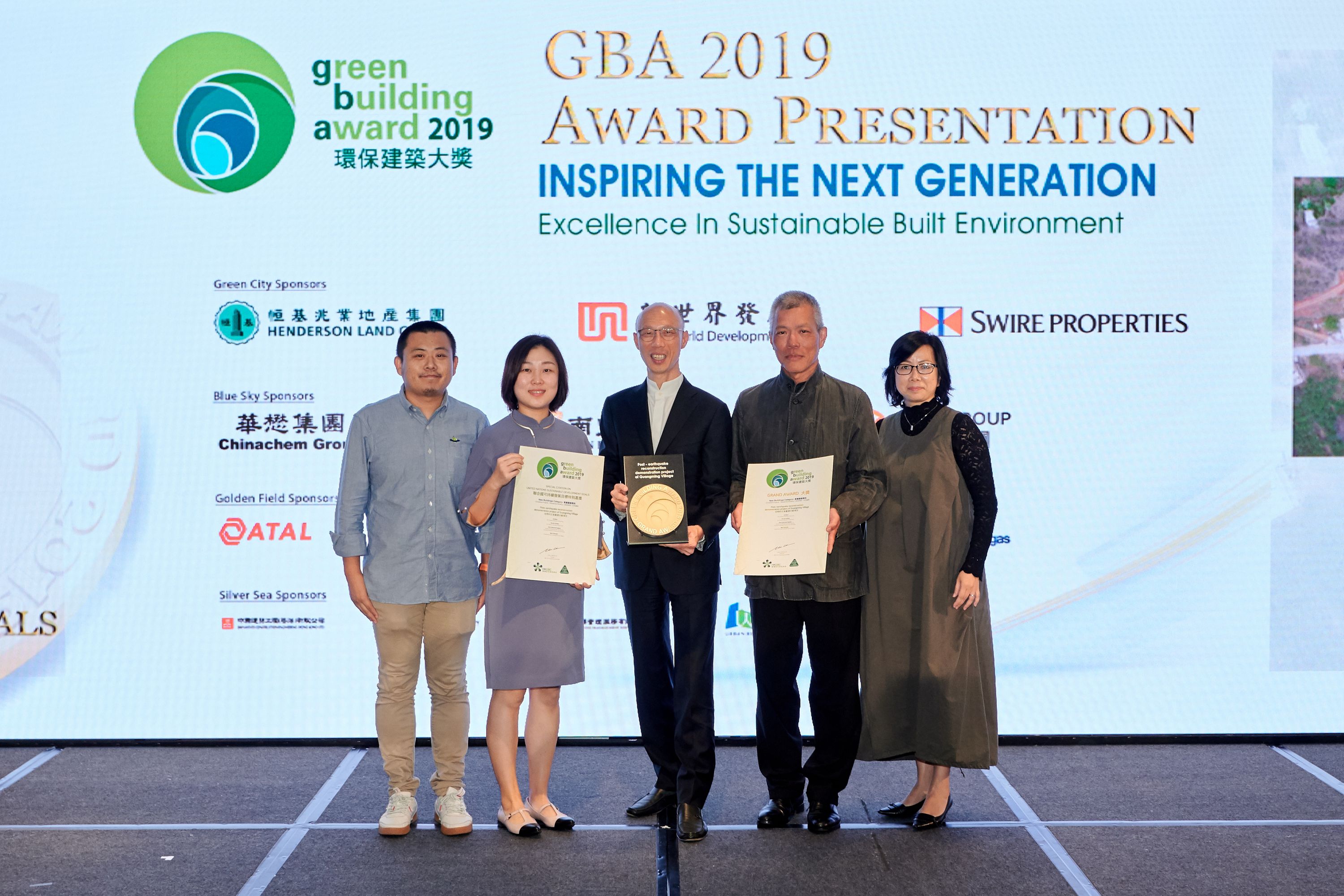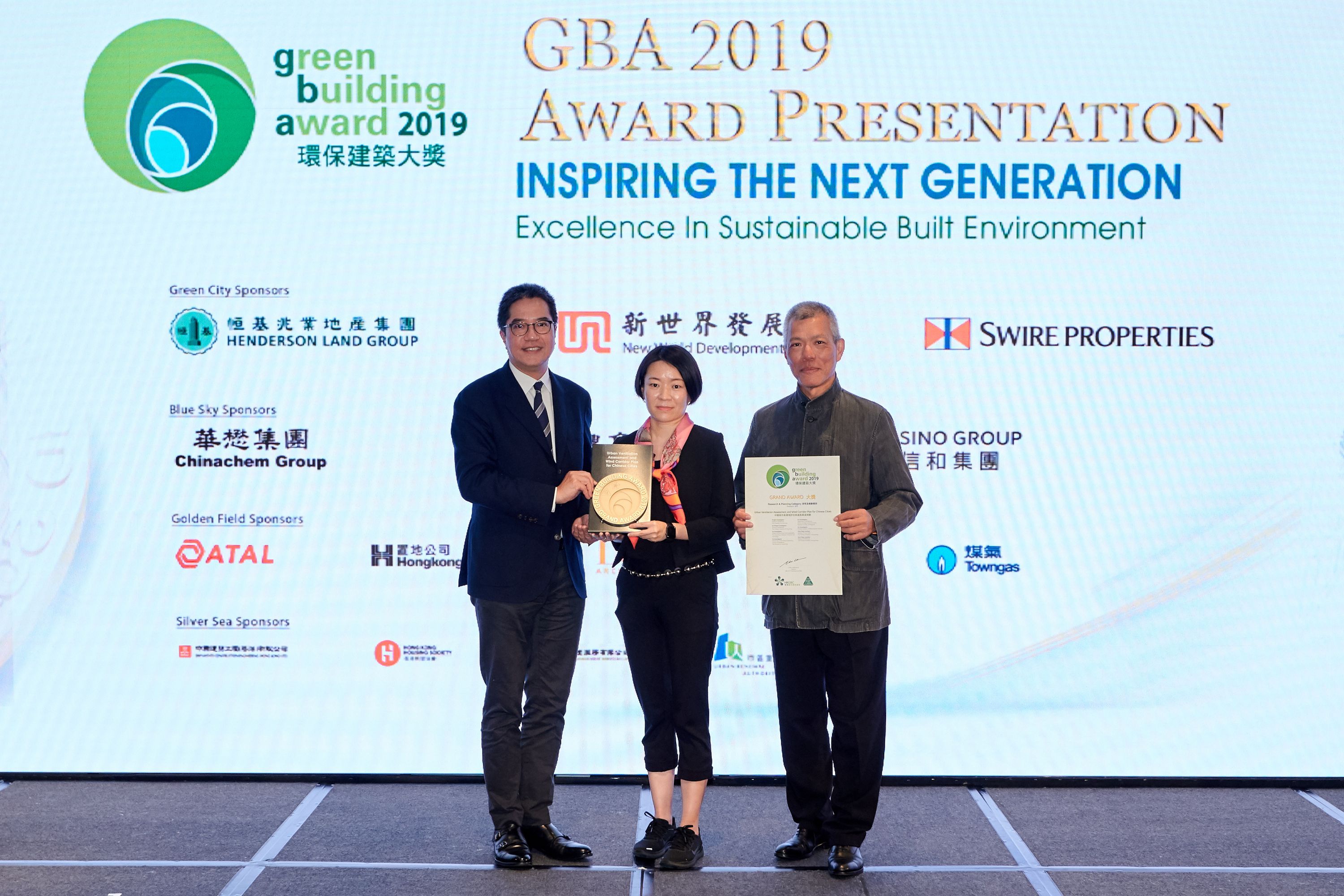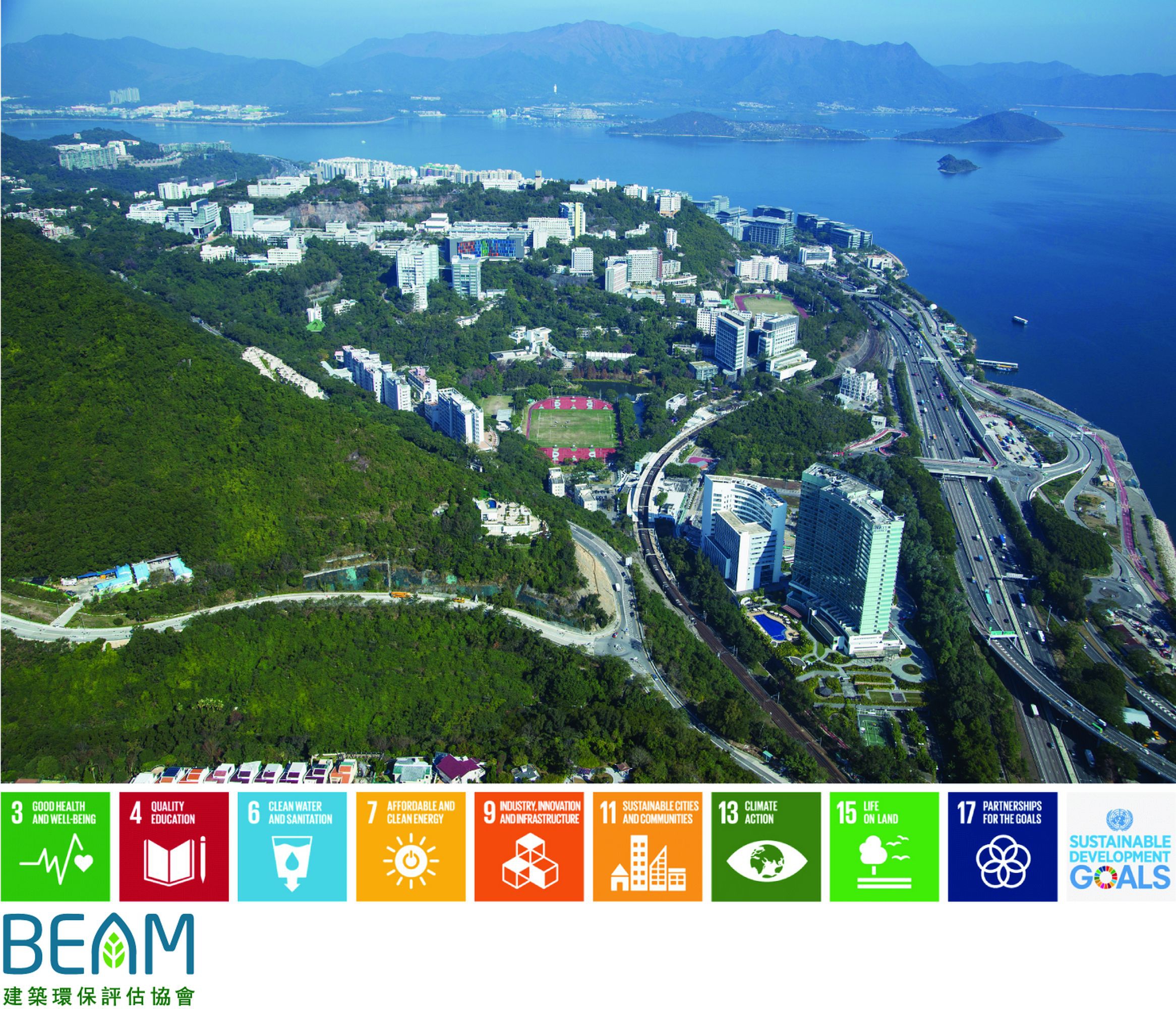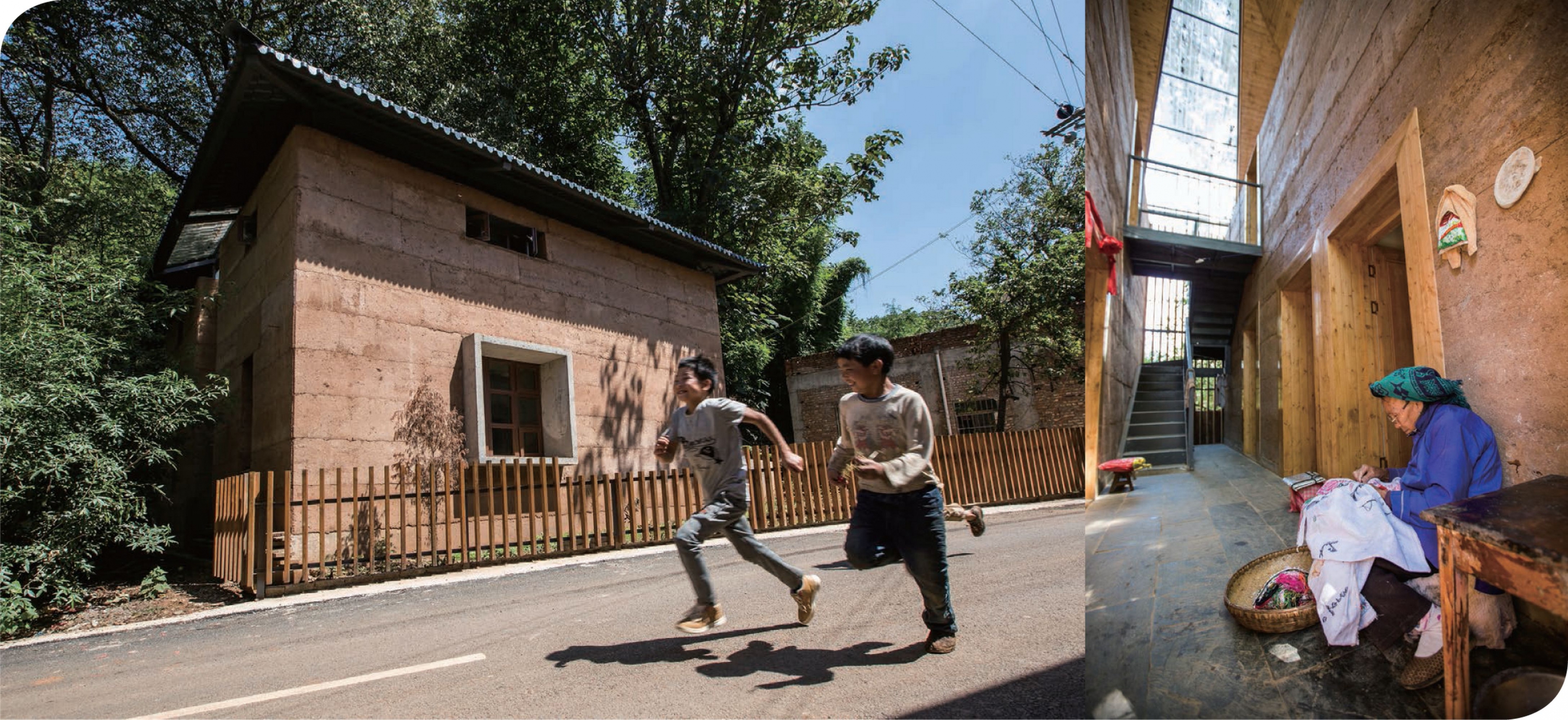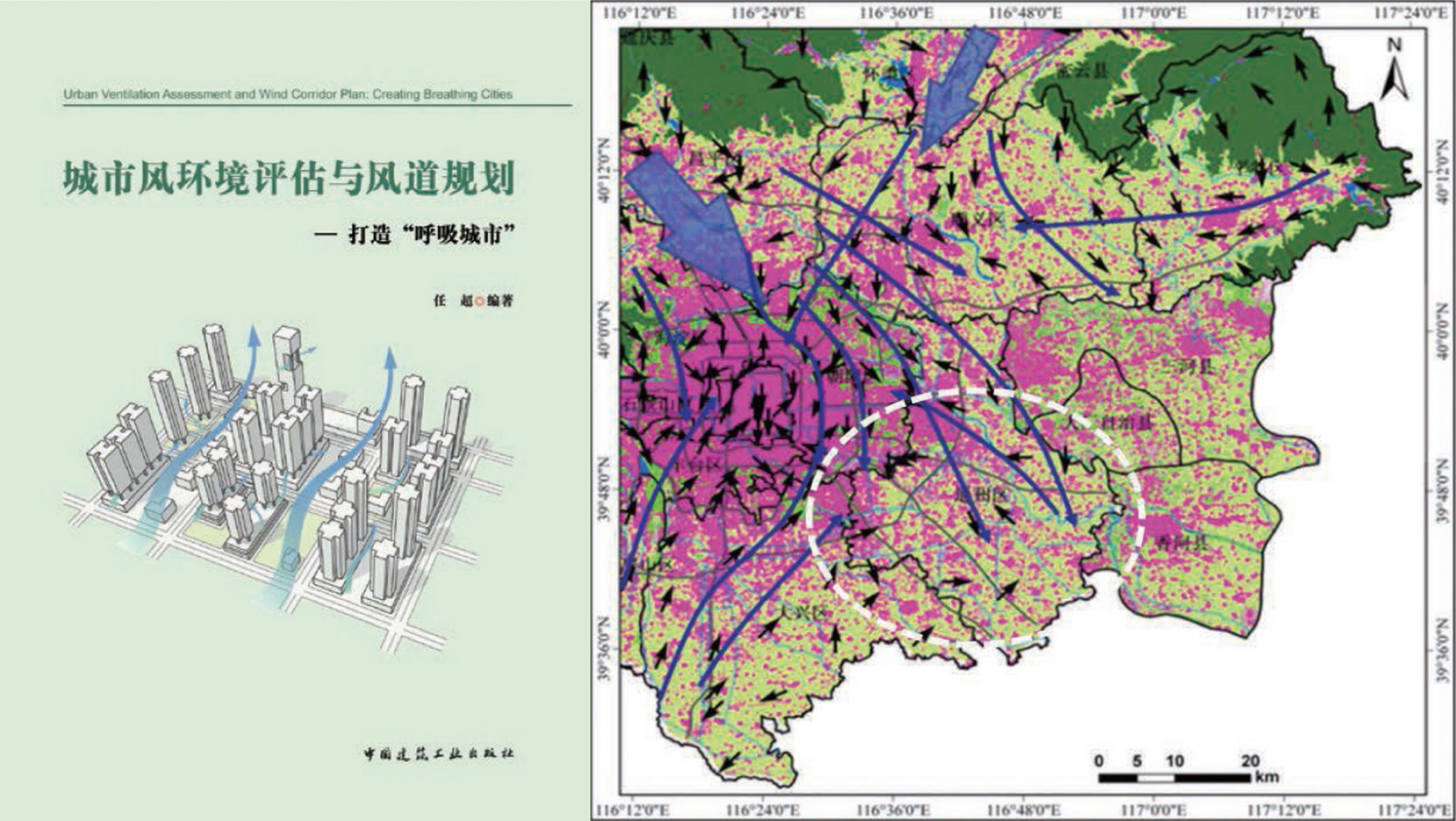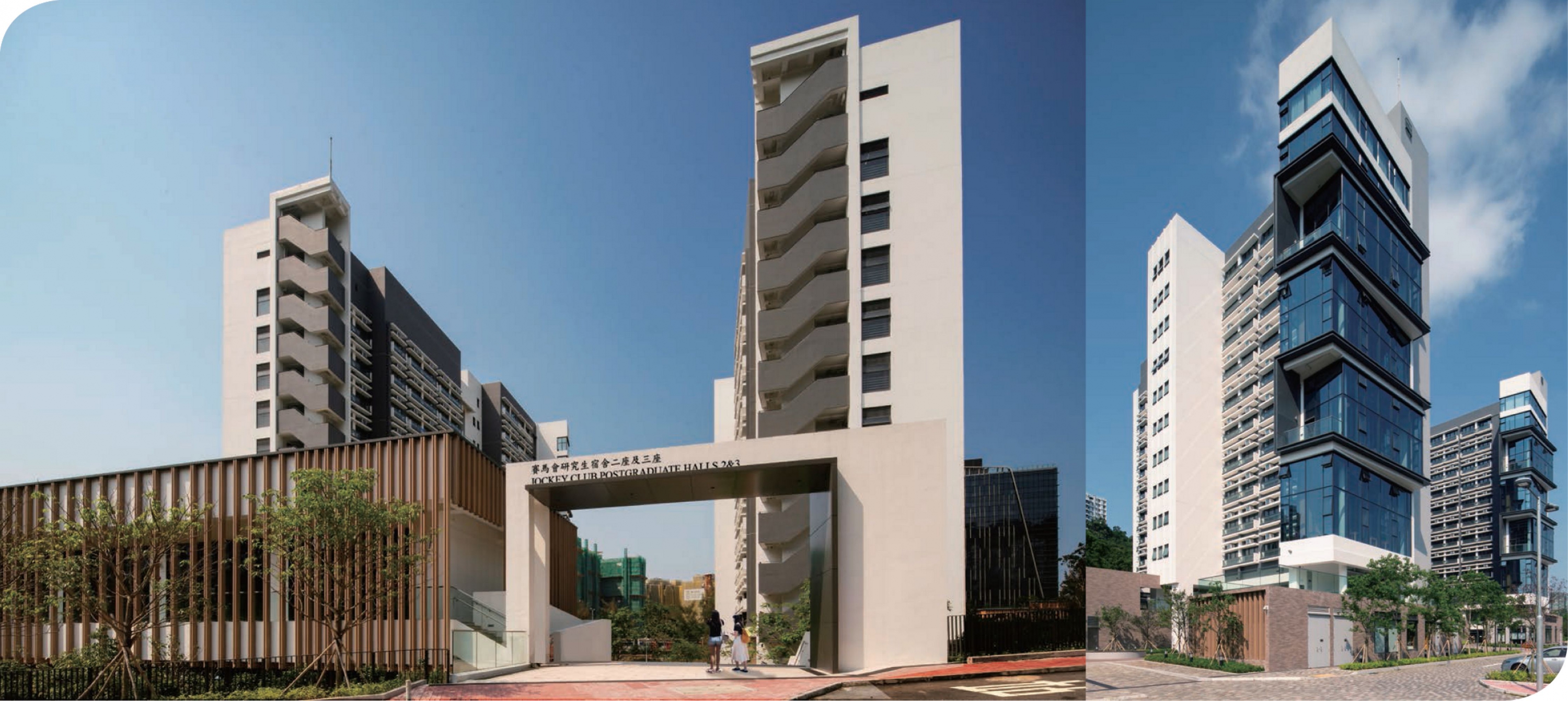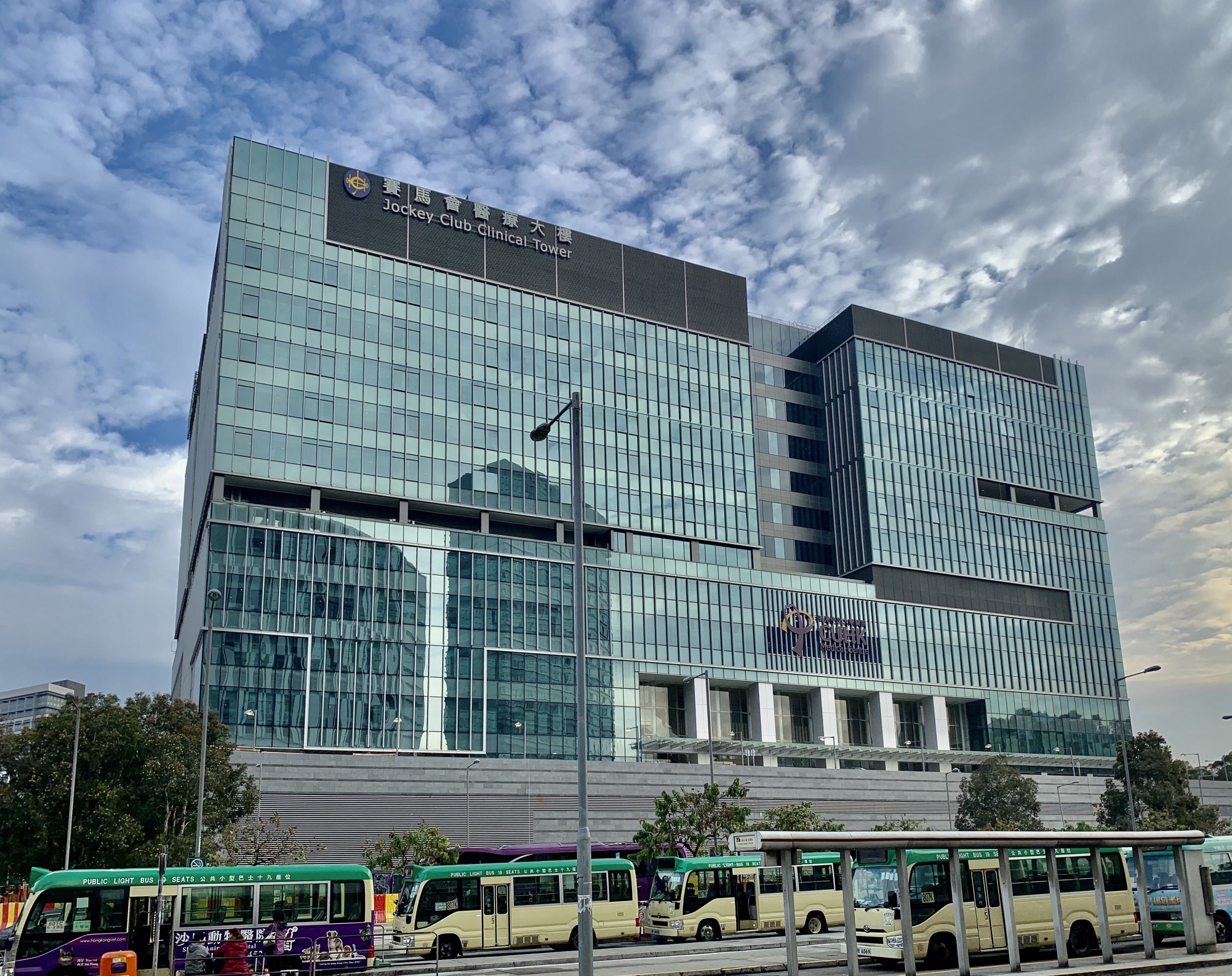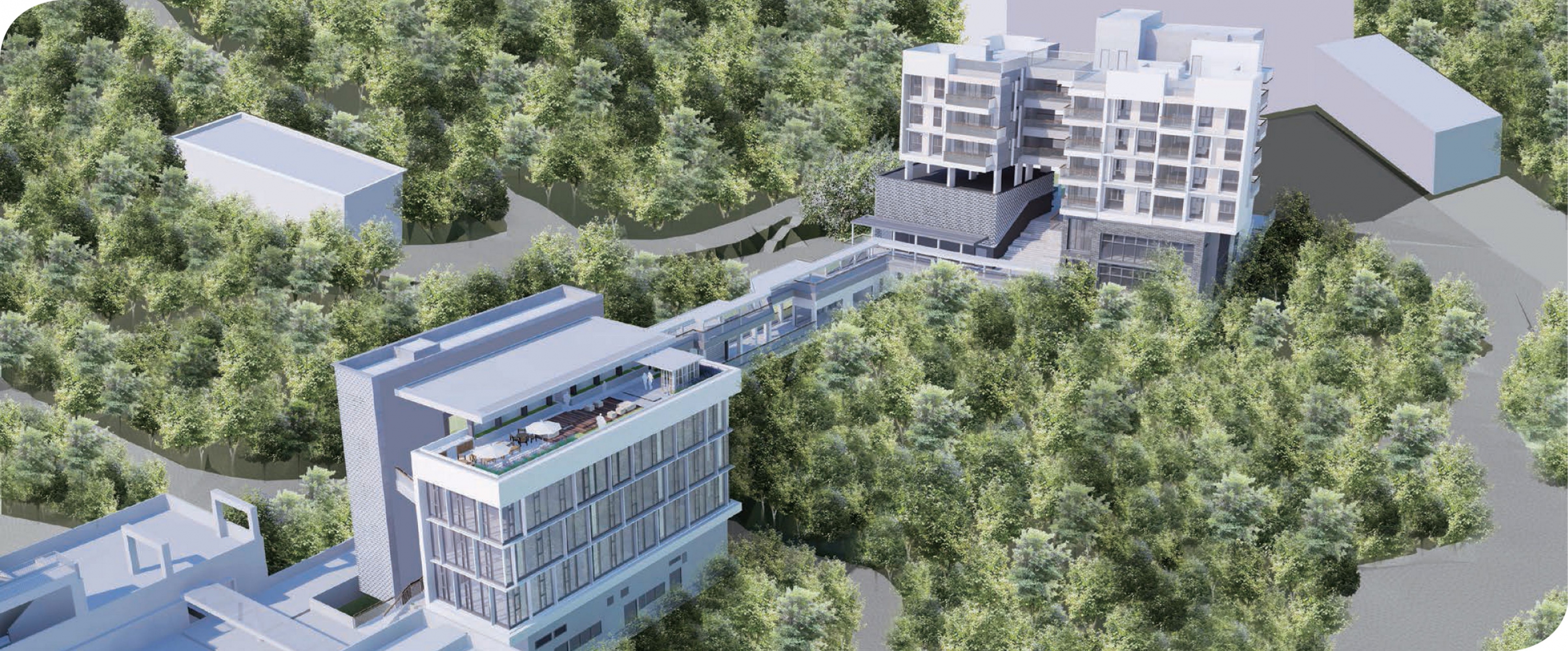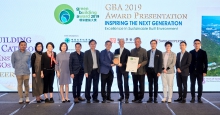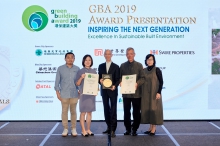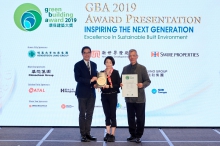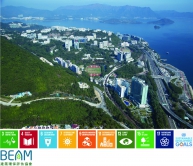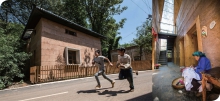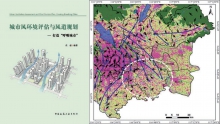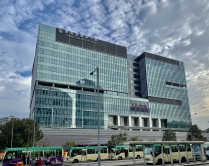CUHK
News Centre
CUHK Sustainable Campus Receives Green Building Leadership Pioneer Award and Grand Awards from Green Building Award
Jointly organised by The Hong Kong Green Building Council and the Professional Green Building Council, the Green Building Award 2019 was presented recently. The Chinese University of Hong Kong (CUHK) received multiple awards including a Green Building Leadership Pioneer Award (Government Institutions & NGOs), two Grand Awards, one Special Citation on UN Sustainable Development Goals, and four Finalists.
Demonstrating leadership in green innovation in the campus’ existing buildings
CUHK has always been committed to being a leader in the research, teaching and institutional practice of environmental sustainability. CUHK formulated the “Campus Master Plan” as early as 2010 to set targets for energy conservation and carbon reduction to counter climate change, with the hope of setting an example for society on green living. The Hong Kong Chapter of the United Nations Sustainable Development Solutions Network (UN SDSN), co-hosted by CUHK and The Hong Kong Jockey Club Charitable Trust, was officially recognised by the Executive Committee of UN SDSN as a national network to promote comprehensively the UN Sustainable Development Goals towards a sustainable development. A number of buildings on campus have been rated “Platinum” or “Gold” under the Building Environmental Assessment Method (BEAM) assessment, which provides an excellent scientific research foundation for universities and society to implement various sustainable development goals. CUHK has won the Pioneer Award (Government Institutions & NGOs) in the Green Building Leadership Category for its exploration of green building opportunity in respect of the infrastructure, facilities and buildings design among the existing buildings / structures on campus, demonstrating a leadership role in green building innovation.
The post-earthquake reconstruction demonstration project won top awards again
The One University One Village (1U1V) team led by Professor Edward NG Yan Yung, Yao Ling Sun Professor of Architecture at CUHK, built an anti-seismic prototype house with the strategy of “high-science and low-technology” principle in “post-earthquake reconstruction demonstration project of Guangming Village”. It has won the Grand Award (Completed Projects – Residential Building) in the New Buildings Category in the Green Building Award 2019. It was also one of the two projects that were accredited with a Special Citation on UN Sustainable Development Goals, as they were deemed to have met the UN SDGs and positively contributed to the development of a sustainable built environment. Previously, the project was recognised by multiple international awards. In particular, it was named World Building of the Year 2017 at the World Architecture Festival and won the Architectural Review (AR) House Awards 2017.
The project has improved the lives of local residents by enhancing building seismic performance and indoor environment quality of the local traditional rammed earth construction method. This enables villagers in remote communities to protect local heritage and culture, resist extreme weather, and keep them self-sufficient. The project has also successfully responded to all UN SDGs; not only for Guangming Village, its integrated design process and building materials can also be replicated and applied in Central Asia, South Asia and many other regions.
Urban ventilation corridors reduce environmental pollution
Fast urbanisation in China has caused the deterioration of urban environment conditions, which can be seen in weak urban ventilation, poor air quality and urban visibility, affecting the health of urban residents. “The Urban Ventilation Assessment and Wind Corridor Plan for Chinese Cites”, a joint research project led by the University of Hong Kong and CUHK, firstly proposed a multi-scale comprehensive assessment of urban ventilation. Remote sensing and GIS technique are applied to assess potential wind dynamics and detect wind corridors, enabling better building disposition and urban morphology control at multi-scale levels. It has fulfilled the formulation of relevant national standards and industry technical specifications. The project was presented with the Grand Award (Research) in the Research & Planning Category in the Green Building Award 2019. The methods and technologies developed by this project have been applied to the overall planning and development of more than 40 cities in China (including Hong Kong, Macau, Wuhan, Beijing, Foshan, and Changchun). It will continue to be used in the planning and design of mainland urban space in the future, aiming at achieving the goals of sustainable development and healthy cities in the long run.
CUHK’s award-winning projects in the Green Building Award 2019
| Award | Category | Project |
| Grand Award |
New Buildings Category: |
Post-earthquake reconstruction demonstration project of Guangming Village |
| Grand Award |
Research & Planning Category: |
Urban Ventilation Assessment and Wind Corridor Plan for Chinese Cities (CUHK School of Architecture as the Co-Project Investigator) |
| Special Citation on UN Sustainable Development Goals | New Buildings Category: Completed Projects – Residential Building |
Post-earthquake reconstruction demonstration project of Guangming Village |
| Pioneer Award |
Green Building Leadership Category: |
The Chinese University of Hong Kong |
| Finalists | New Buildings Category: Completed Projects – Residential Building |
CUHK Jockey Club Postgraduate Halls 2&3 |
| Finalists |
New Buildings Category: |
CUHK Medical Centre |
| Finalists |
New Buildings Category: |
Chung Chi Student Development Complex, CUHK |
| Finalists |
Research & Planning Category: |
Modern Bamboo Structure Research Group, CUHK |
About the Green Building Award
The biennial Green Building Award has been jointly organised by the Hong Kong Green Building Council (HKGBC) and the Professional Green Building Council (PGBC) since 2010 and was inaugurated by PGBC in 2006. The Award aims to recognise nominations which go beyond the conventional practice, stretch their boundaries in advancing sustainability, and are capable of inspiring the next generation in how our future built environment could be.
CUHK receives the Pioneer Award (Government Institutions & NGOs) in the Green Building Leadership Category in the Green Building Award 2019.
The post-earthquake reconstruction demonstration project receives the Grand Award (Completed Projects – Residential Building) in the New Buildings Category and a Special Citation on UN Sustainable Development Goals.
“The Urban Ventilation Assessment and Wind Corridor Plan for Chinese Cites” project led by HKU and CUHK receives the Grand Award (Research) in the Research & Planning Category.


